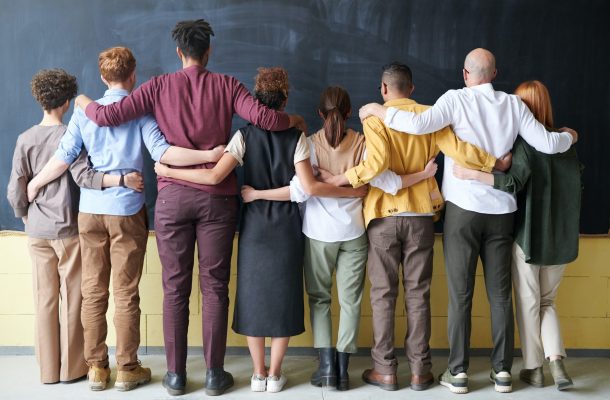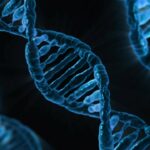On bias

When we are born, we are entirely dependant on others for everything we require. As we mature, that natural need diminishes but remains as a guide to our lives. Our basic focus is ourselves. Those with a strong focus become sales oriented or go into professions where they can exert their authority onto others – politics, the armed forces, large organisations.
Others find their self-worth in sharing their expertise with others – teachers, doctors, analysts or religion. But, basically, we are self-centered. Most of us are happy if we have enough to live comfortably without having to worry too much about the future. However, some prefer the ascetic life while others prefer the life of careless abundance.
Unconscious bias refers to the deep-seated prejudices we all absorb due to living in deeply unequal societies. Unconscious or implicit bias can lead to instinctive assumptions that a nurse must be a woman or an engineer must be a man, explicit bias leads someone to deliberately and wilfully discriminate against others. Unconscious bias can be present even in people who genuinely believe they’re committed to equality; it’s harder to spot and root out than obvious discrimination.
But that doesn’t mean unconscious bias is insignificant. This under-the-surface form of bias can affect health and life in dramatic ways. For example, many people believe that black patients are less susceptible to pain, and less likely to comply with medical advice than white patients.
The quick-fire judgements of police officers are also very fraught; some research suggests that US police (both black and white) instinctively see darker faces as being more criminal.
There are also lots of examples of unconscious bias at the recruiting stage. Hiring managers may gravitate to candidates who are similar to them, assume that male candidates are more competent, or see a ‘black-sounding’ name on an application, and instinctively associate that person with aggression.
While we are generally at ease with those around us – those we know and understand to a reasonable degree, we are not so comfortable with people whose lifestyle we do not understand – different religions, ethnicity, politics, family values. To a greater or lesser extent we tend to fear what we do not recognise.
In any country, the population generally absorbs the same kind of media offerings. In our culture this means that the coloured person is often the villain, the Muslim the bomber or mass murderer, the Italian the Mafia boss, etc. We are taught to associate differing ethnicities with differing attributes and these concepts develop within our subconscious while remaining in the background.
Recent tests have revealed that when people are subjected to a sudden apparent danger, they react spontaneously, without conscious thought. For instance, walking down a dark alleyway and being confronted by someone who reaches into his back pocket for something.
It could be a phone, wallet, handkerchief, or anything. Many people sense danger. It is immaterial whether the viewer is black or white; if the other person is black, the danger level is increased. This has been shown to be a major factor in the black killings by police in the US – the instant reaction to a perceived threat.
Basically, we are all biased to a greater or lesser extent. The reaction to danger stems from our primitive past – if you don’t react quickly enough you get eaten. It’s built in to our psyche. In our current civilised environment, the dangers have changed, but the threat is still there – beware of the strange, the different, the unknown.
We all need to learn to recognise our own bias and learn about other people, their ways of life, their beliefs, their ways of doing things. Only then can we live together in harmony.

Alan Stevenson spent four years in the Royal Australian Navy; four years at a seminary in Brisbane and the rest of his life in computers as an operator, programmer and systems analyst. His interests include popular science, travel, philosophy and writing for Open Forum.













